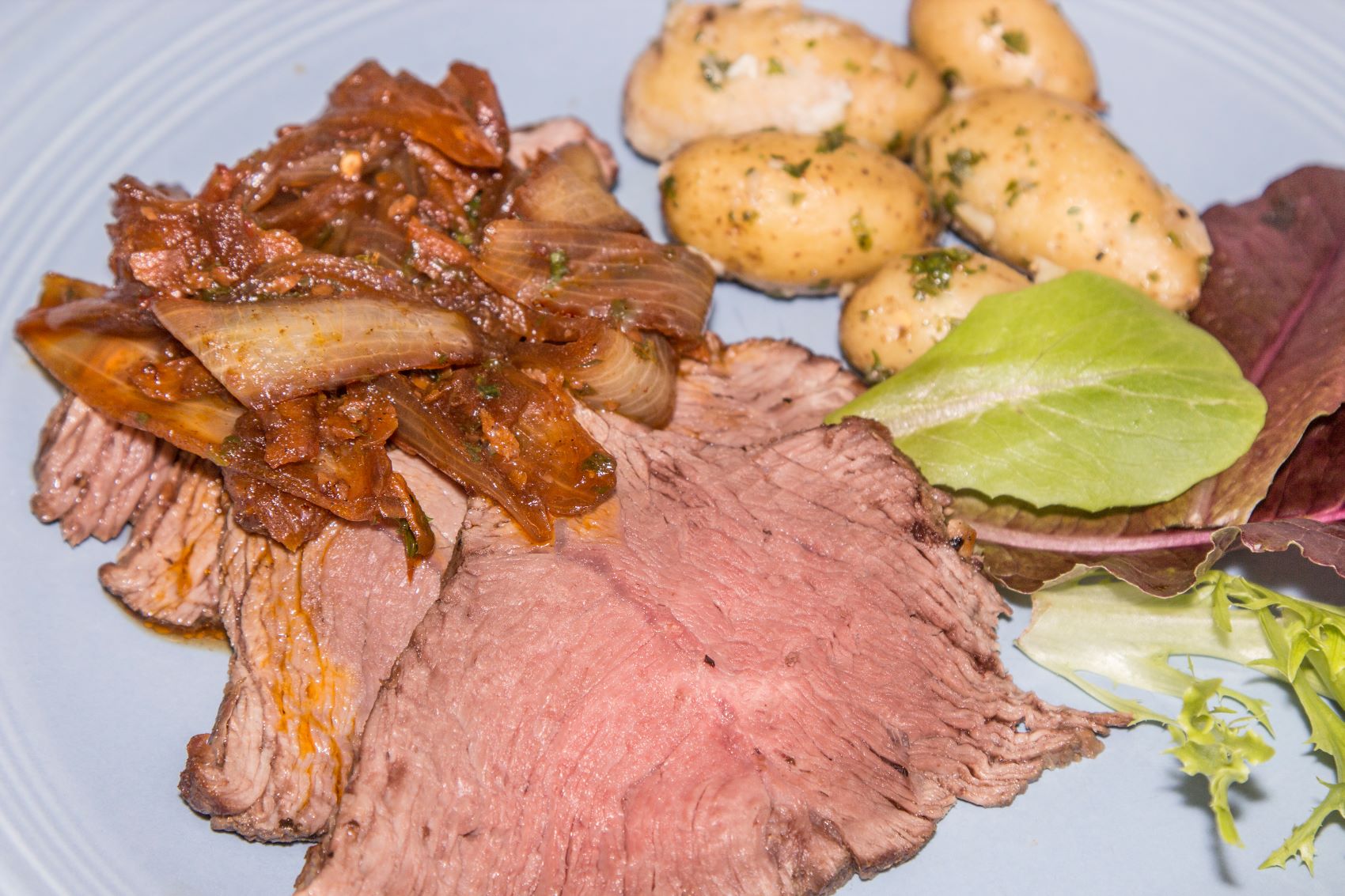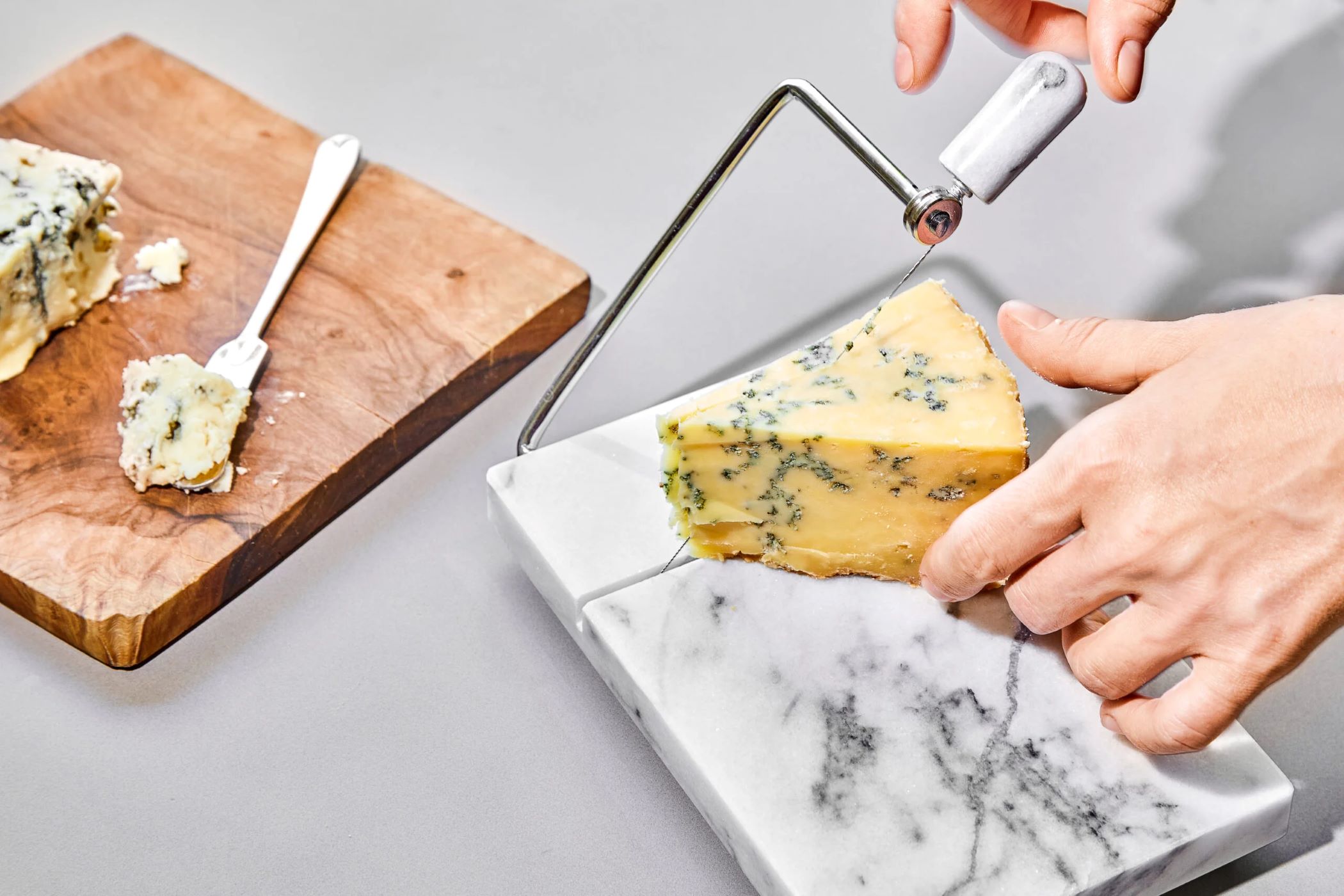How To Cut Beef Tongue: Expert Tips for a Mouthwatering Dish
Beef tongue is a delicacy enjoyed by food enthusiasts around the world. Its rich and tender meat, with a unique flavor profile, makes it a standout ingredient in various dishes. If you’re new to working with beef tongue, cutting it correctly is essential to enhance its taste and texture. In this guide, we’ll provide you with expert tips on how to cut beef tongue like a pro.
1. Choose a Fresh Beef Tongue
Before diving into the process of cutting, select a fresh beef tongue from a reputable butcher or grocery store. Look for tongues with a vibrant color and firm texture. A good indicator of freshness is a moist surface and minimal discoloration.
2. Clean and Prepare the Tongue
Thoroughly rinse the beef tongue under cold water to remove any residual blood or impurities. Pat it dry with a paper towel and place it on a clean cutting board.
3. Remove Excess Fat and Skin
Using a sharp chef’s knife, carefully trim away any excess fat or skin from the beef tongue. Fat can add flavor, but too much can make the dish greasy. Aim to keep a thin layer of fat intact for added taste and juiciness.
4. Slice the Tongue into Sections
To make it easier to work with, cut the beef tongue into smaller sections. Score the top surface of the tongue with shallow incisions, using the tip of the knife as a guide. Then, slice through the entire thickness of the tongue along these incisions.
- Pro tip: For even cooking and better presentation, try to keep the sections as similar in size as possible.
5. Trim the Taste Buds (optional)
Beef tongue has a rough texture due to taste buds on the surface. Some prefer to remove them for a smoother eating experience. After cutting, use a paring knife to gently scrape off the taste buds from each section, if desired.
6. Cook to Perfection
Now that your beef tongue is prepared, it’s time to cook it according to your recipe of choice. Whether you choose to braise, roast, or grill, follow your recipe’s instructions for optimal results.
7. Let It Rest
Once cooked, allow the beef tongue to rest for a few minutes before serving. This step allows the juices to redistribute, resulting in a more flavorful and tender dish.
8. Slice and Serve
When it’s time to serve, use a sharp knife to slice the beef tongue against the grain into thin pieces. This technique ensures a more tender and enjoyable eating experience. Arrange the slices on a serving platter and indulge in the culinary delight of your perfectly cooked beef tongue.
Remember, cutting beef tongue requires a sharp knife and careful attention to detail. Practice makes perfect, so don’t be discouraged if your first attempt isn’t flawless. With time and experience, you’ll master the art of cutting beef tongue and create delectable dishes that will impress your family and friends.
Explore the diverse world of beef tongue recipes and let your creativity soar as you savor the incredible flavors this unique cut has to offer. Happy cooking!
For those looking to master the art of cutting beef tongue, this guide offers a plethora of recipes to put your skills to the test. Readers can start by trying the Classic Beef Tongue Tacos, a delicious way to enjoy the tender meat with vibrant, fresh toppings. The Beef Tongue Stew with Root Vegetables is perfect for a comforting meal, combining rich flavors with hearty vegetables. For a twist on breakfast, the Beef Tongue and Potato Hash provides a savory start to the day. If you're in the mood for something unique, the Korean-Style Beef Tongue BBQ offers a bold, spicy kick. Finally, the Braised Beef Tongue in Red Wine Sauce brings a touch of elegance to your dinner table, perfect for impressing guests. These recipes not only utilize the skills learned from the guide but also showcase the versatility of beef tongue in various cuisines.
Was this page helpful?
Read Next: How To Cut Pork Tenderloin For Stir Fry











